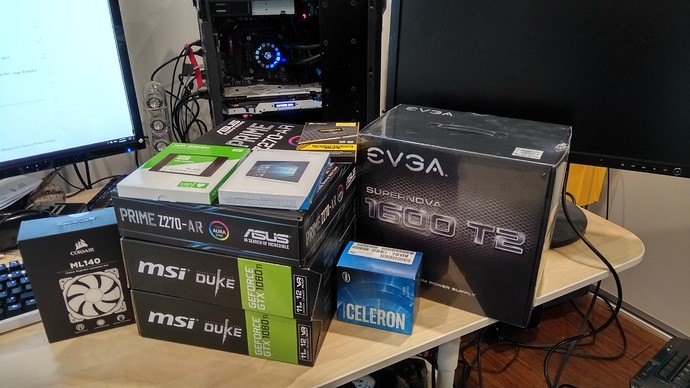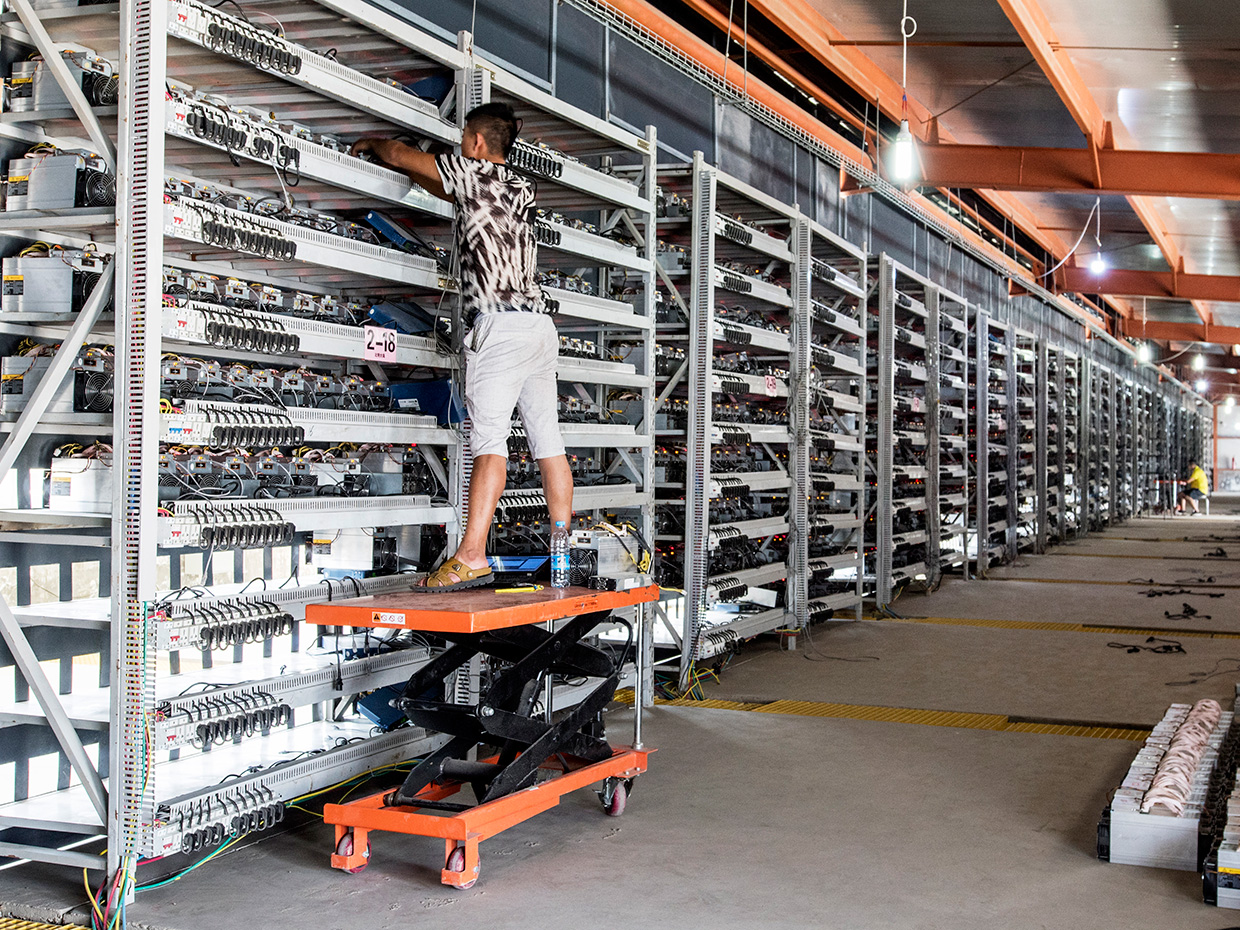How to Build a Bitcoin Mining Rig at Home
Bitcoin mining is not the easily affordable endeavor that it once was. Today, hardware requirements are quite steep, and the returns not as handsome as before. That’s why a lot of hosted solutions have come up over the years. because resources can be shared between multiple users who pay a certain amount of money to rent these resources. But if you’d rather do it at home, then you need a solid understanding of how it works and what you need to build a bitcoin mining rig at home.
Bitcoin mining is where an individual or group uses their compute resources and a mining program to generate bitcoins and verify third-party bitcoin transactions. That’s two ways in which bitcoins are earned. But the problem is because the total number of bitcoins is a finite number (about 21 million, of which about 12 million have been mined), the more miners there are, the less there is to go around.
How to Build a Bitcoin Mining Rig at Home
To solve this problem, Application Specific Integrated Circuit miners were invented. Essentially, they are dedicated to bitcoin mining computers that can compute much faster than the average computer. But with so many people joining the bitcoin mining community in recent years, even that wasn’t enough. That’s why mining communities called Mining Pools were formed, and each member of the community is rewarded for their share of the work done.
So, how do you build a bitcoin mining rig at home so you can be part of a mining pool?

First of all, you need a bitcoin wallet to keep the bitcoins that you mine. These are typically free, and they’re even available as smartphone apps. That’s the easy part. Now comes the hard and expensive part – the bitcoin mining rig.
To buy such a rig, be ready to shell out anywhere between hundreds to thousands of dollars depending on the type of bitcoin mining rig you’re after. The AntMiner S9 is one of the most powerful miners available today, but it can set you back around $2,000.
To build your own rig, you need to review several hardware options.
First, the enclosure, for which we recommend and open-frame option to hold the motherboard and other elements of your rig. If you’re a gamer, you might have an old one lying around. If you don’t, it will cost you much less than $100. While the open frame allows you to pack in those GPUs and makes for easier maintenance, it’s going to cause a racket, so make sure it’s in a separate, well-ventilated and dry space.
For the motherboard, what you need is stability and flexibility, since the goal here is to load up on GPUs rather than look for other aspects such as performance. Something basic from MSI or Asus should get you going, but be sure to check how many graphics cards it can take. That’s what you want to know. There are dedicated mining motherboards with optimized BIOS settings that support up to 12 or more GPUs, and they don’t cost the earth, either. To add more GPUs, you can invest in a PCIe 1x to 16x riser card, which will let you use a cable instead of putting them directly into the slot.
Build Your Own Portable Bitcoin Mining Rig
For the CPU, anything between 4 to 8 GB should suffice. Don’t go all out on performance here because it may not be worth losing stability by overclocking or adding fancy memory configs.
The graphics cards are the most important component of your bitcoin mining rig, but ever since miners have been joining in droves, the price of GPUs has shot up alongside the demand. The prices are upwards of $400, and they can go up to more than $1000 a card. A six-pack or similar option might be your best deal. Remember, this is the biggest investment you’ll make but if you play the game right it could give you years of returns.

Another area of investment is the PSU, or power supply unit. Crypto mining requires a lot of “juice”, so if you live in an area where the cost of power is high, then you might want to think twice about getting into mining in the first place. As for the hardware, you’ll need something with a minimum output of 1000 W to support all those power-hungry GPUs. If you want to add more than one power supply unit, then an adapter like a dual PSU 24-pin will be just right.
Related: Public Cloud Vs Private Cloud And Hybrid Cloud
RAM and storage are the easy parts of this equation. You don’t need high-end components, and an 8GB unit on a Windows PC should serve you well. In fact, you can go as low as 4GB with your DDR module if you want to save, because memory is not really an important part of the mining process.
Build a Bitcoin Mining Rig at Home
Once you put all of this together, you can join a mining pool. There are plenty of options so you’ll need to carefully review each one. Look for compatibility with your infrastructure (hardware setup), how tasks are assigned, whether the hashrate declared at the pool level is fair, payout thresholds, pool stability and fee structure.
It’s better not to do this alone because it could take you decades to get any return on your investment. Start small, with a basic setup, and then scale up as you see tangible results. Also make sure to prepare for a password recovery program like TunesBro WinGeeker, which will be a great help when you forgot login password of the mining machine. This happens all the times.
Good luck with your bitcoin mining venture!
